Have you ever wondered how old your reptile pet would be if it were a human? If you want to know the equivalence of reptile years to human years, then you are in the right place.
Perhaps you are wondering why we have to compare an animals’ age to that of humans.
Of course, these are two different creatures, and they vary from each other through a couple of factors.
However, it’s always interesting to know how old your pet would be in a human’s age.
The tool is originally generated by uniquepetswiki.com
Here, we’ll learn how to convert reptile years to human years, why we need to change the reptile age to human age, life expectancy for different reptile species, and more.
This article has been reviewed by Dr. Dilber. Read more about our knowledge control process here.
Contents
Calculating Reptile Years to Human Years
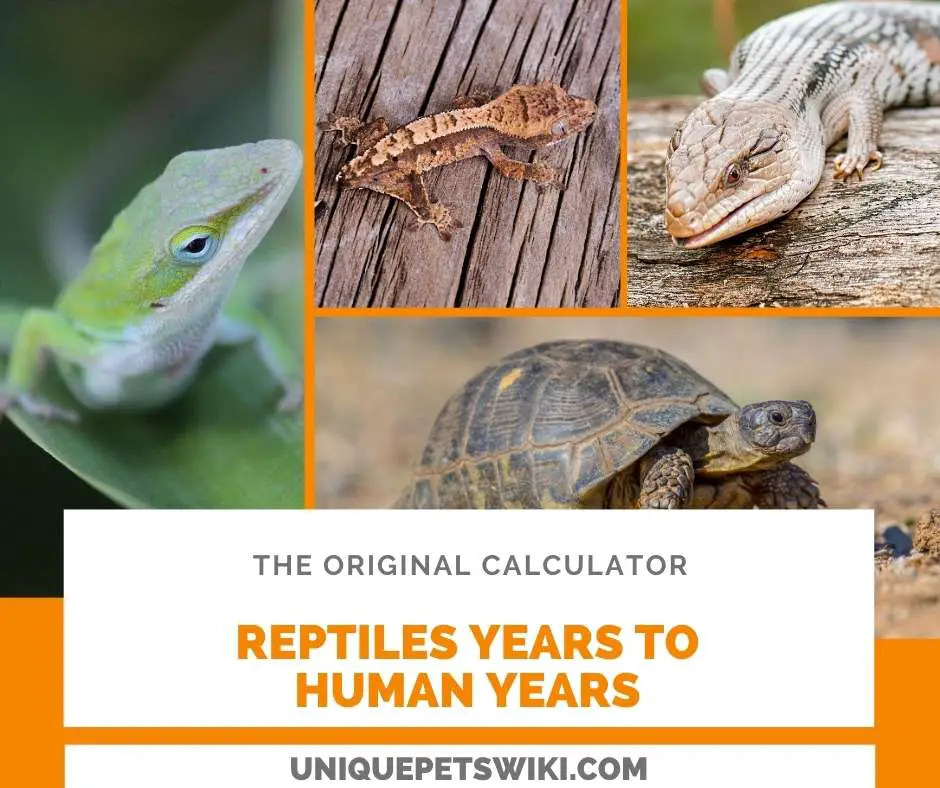
Generally speaking, there are thousands of species of reptiles, and the list can be extensive. We are going to focus on a few reptile species that are kept as pets popularly.
My fondness for these incredible pets has brought me this far as wanting to know the age of the reptiles in the human age. And I’m glad to share this information with you.
All reptiles cannot be the same; they are all different and differ in their growth rate. So, we are going to talk about each species separately.
The table below shows different species of reptiles and their equivalent age in humans age.
| Species | Average lifespan (years) | One year in each species is equal to how many years in humans? |
| Snake | 7 | 8.5 |
| House Lizards | 5 | 16 |
| Leopard geckos | 17.5 | 4.6 |
| Bearded dragons | 10 | 8.0 |
| Corn snakes | 10.5 | 7.6 |
| Crested geckos | 17.5 | 4.6 |
| Chinese water dragons | 12.5 | 6.4 |
| Ball pythons | 20 | 4.0 |
| Sulcata tortoise | 80 | 3.5 |
| Russian tortoise | 35 | 2.3 |
| African spurred tortoise | 100 | 3.125 |
| Australian water dragon | 18 | 4.5 |
| Green anole | 5 | 16 |
| Red eared slider | 25 | 0.805 |
| Chameleons | 6 | 13.4 |
| Common turtle | 10 – 80 | 7 – 3 |
| Eastern box turtles | 35 | 2.3 |
| Snapping turtle | 30 | 2.5 |
| Blue tongue skinks | 25 | 3.22 |
| Nile crocodile | 60 | 1.3 |
| Iguana | 20 | 4.0 |
| Monitor lizards | 25 | 3.3 |
Lazy on calculating yourself? Use our tool to calculate your pet reptile years to human years instead.
Reptile Years to Human Years Calculator
The tool is originally generated by uniquepetswiki.com
20 Years
Eg: Your bearded dragon is 2 years 6 months old. The first box you will enter 2, the second box you will enter 6. Convert to human years will be 20 Years
The tool is applicable to:
- Leopard gecko
- Bearded dragon
- Corn snake
- Crested Gecko
- Chinese water dragon
- Ball python
- Russian tortoise
- African Spurred Tortoise
- Australian Water Dragon
- Green Anole
- Red-eared slider
- Chameleons
- Eastern box turtle
- Blue tongue skink
With this tool, you can get your lizard, snake, gecko, and turtle years to human years. When saying reptiles years to human years, I meant reptile age converted into human years.
To support the team and learn more about your pet reptiles. Here are a few books that every reptile owner will need.
If you want to have the calculator for your reptile that does not appear on the list, please give us a comment.
You will also like animal years to human years.
Why Converting Reptile Years to Human Years?

If I show you how to convert reptile years to human years and don’t explain why you need to do that, I will not have helped you much.
I don’t deny the fact that knowing your pet at a certain age compared to humans is good, but how is that helping you?
I’m not here to complicate things but to make you understand everything fully. Aside from satisfying our curiosity, this conversion helps us understand reptiles’ comparative behavior while comparing them to human behaviors at different stages and ages.
So, the conversion is done to understand the comparative behavior. Otherwise, only the human age cannot tell us about reptile behavior.
The tool is originally generated by uniquepetswiki.com
Also, converting a reptile’s age to humans gives you an idea of what to expect from the numerous behaviors of these animals. Knowing your reptile pet’s real age requires you to convert it to a human’s age.
Knowing how old your animal is can help you make some adjustments in the diet, housing structure, and healthcare as the reptile continues to grow.
But you should note that calculating reptiles’ age to human age isn’t an exact science but is based on rough estimations. This is true because animals age at a different rate from humans, and the growth rate varies between animal species as they grow older.
Reptiles do not grow at the same rate, but their growth differs from one species to another. So, for you to be able to convert the reptile years to human years, you need to know their life expectancy as well. This is a bonus of knowledge for you.
Why Change a Reptile Age to the Human Age?
Changing a reptile’s age to the human age is a way to compare the average lifespan of humans and that of a particular reptile.
When equated to human years, some reptiles express ages that hugely exceed the number of years that humans can live. It is funny, but this helps identify the specific reptiles that would live much longer if they were human. But remember, this is nothing serious but an estimation.
Here are some calculations showing my steps to fill in the table above on reptile years to human years.
One year old in dogs is equivalent to approximately seven years in humans (1:7), but remember, this is not an exact science but a rough estimate. Dogs vary in longevity; some will live for eight years and others for 15 years (this ranges from 8-15 years).
The average lifespan of dogs based on this range will be 11.5 years. Now, we can use the average life expectancy in dogs to get the average longevity in humans by using the ratio of 1:7, which gives 80.5 years (11.5*7=80.5).
So, if you want to calculate a reptile species’ years to human years, you divide the average human lifespan by the specific reptile’s average lifespan. For instance, bearded dragons have an average life expectancy of 10 years, so they take 80.5/10, which gives 8.05.
From the calculation, one year in bearded dragons is equivalent to eight years in humans.
Reptiles Average Life Expectancy
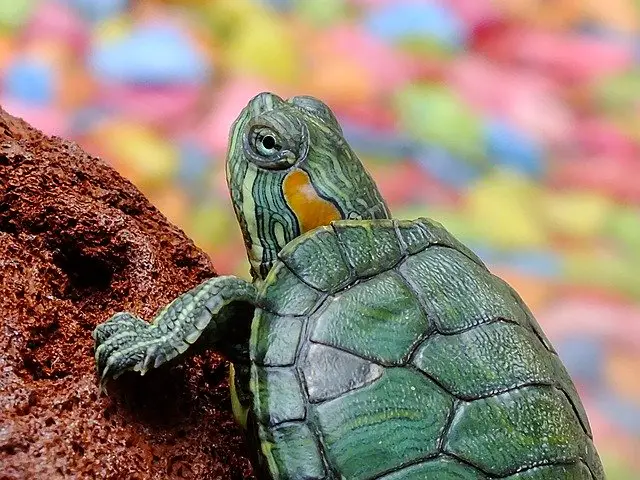
Have you ever wanted to know the average life expectancy for a particular reptile pet? When buying a specific reptile from breeders or a reptile shop, it is necessary to understand its average lifespan.
Knowing your reptile pet’s life expectancy helps you know how long you can live with your buddy. It also alerts you about how many years of responsibility you will take on for your dear friend’s proper care.
How long an animal will live is directly affected by the diet, conditions in the habitat, care, trauma experienced, the ability of the pet to rest comfortably, stress, and diseases. Genetics also determine greatly how many years an animal can live.
Likewise, the average life expectancy in reptiles differs from one species to another. Depending on several factors, the aging process differs considerably between wild reptiles and those in captivity. We are going to discover them shortly.
Life Expectancy of Different Species of Reptiles
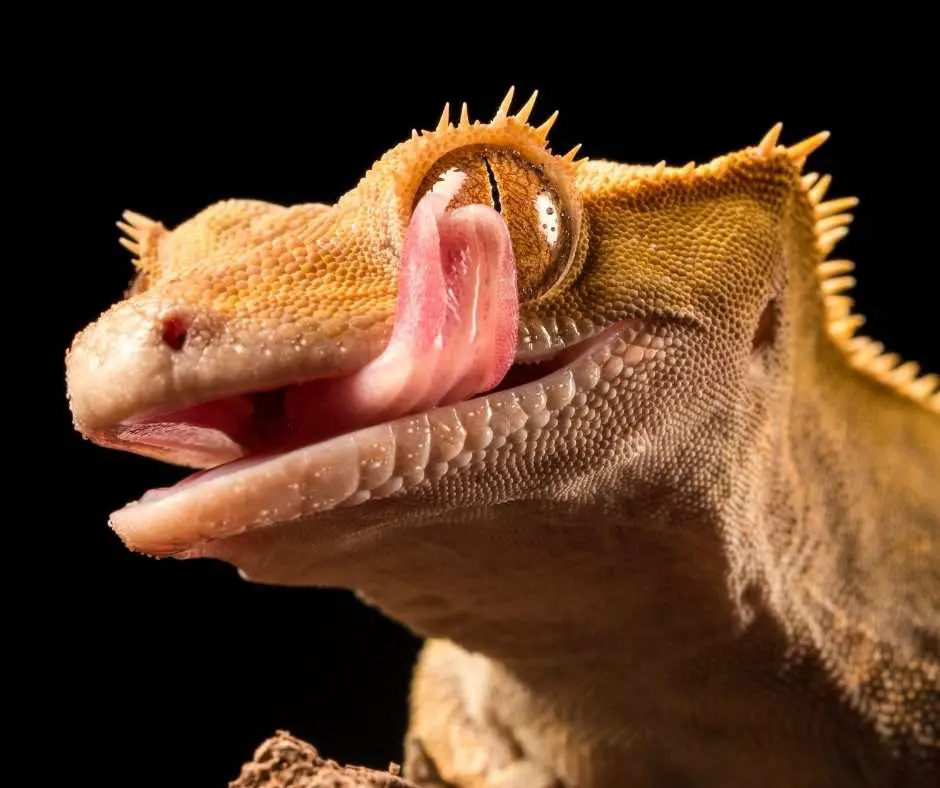
Here, we will talk about the lifespan of a few species of reptiles, and how long they can live both in the wild and captivity.
Below are different reptile species and their life expectancy in the wild and captivity.
Leopard Geckos Life Expectancy
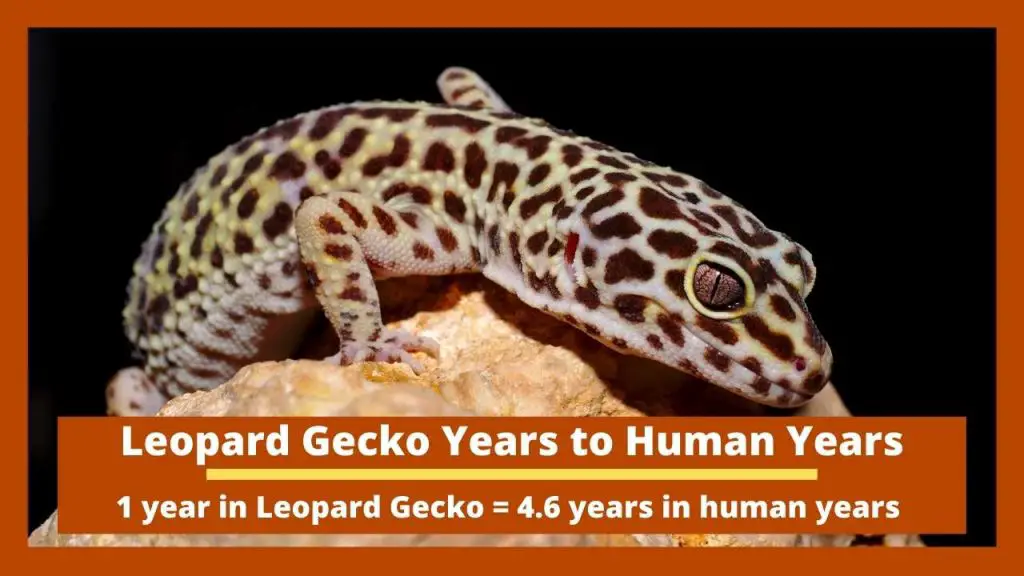
#Leopard gecko years in human years
In captivity, leopard geckos have a maximum life expectancy of 20 years or more. Some Leos have gone up to 30 years under extreme care.
The increased lifespan in captivity is because the geckos are in a sound habitat, reduced stressors, and eat nutritious foods frequently.
Nonetheless, improper care makes the geckos die earlier than expected; some will not even reach 15 years.
Bearded Dragons Life Expectancy
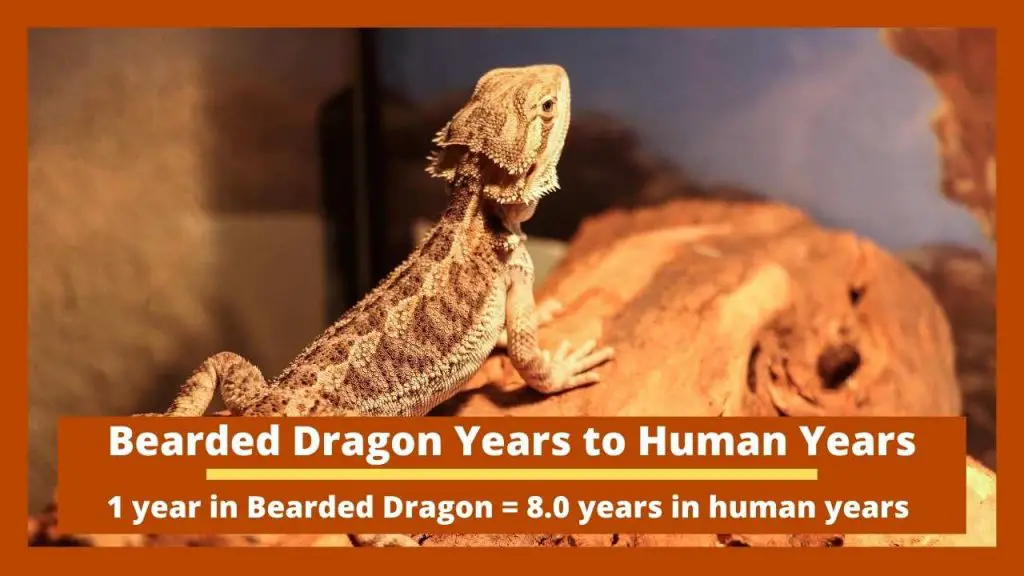
Life in captivity is more friendly, and the beardies can live between 8-12 years under proper care. If you go the extra mile to care for your dragon, it can live up to 14 years or more.
Under extreme care, some beardies have been reported to live up to 20 years but on rare occasions.
Corn Snakes Life Expectancy
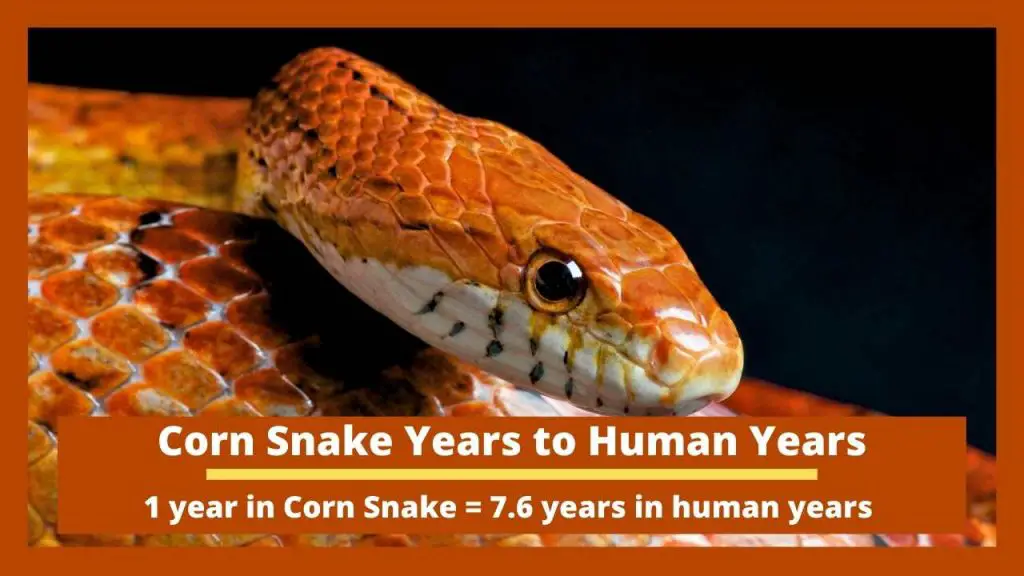
Corn snakes typically live only for 6 to 10 years in the wilderness. This is because of food scarcity, harsh weather when it is too cold, untreated diseases, and predators.
Corn snakes will live up to 15 years in captivity, and some can reach up to 20 years, though this is exceptionally uncommon. Even so, some corn snakes have been reported to be more than 23 years.
Crested Geckos Life Expectancy
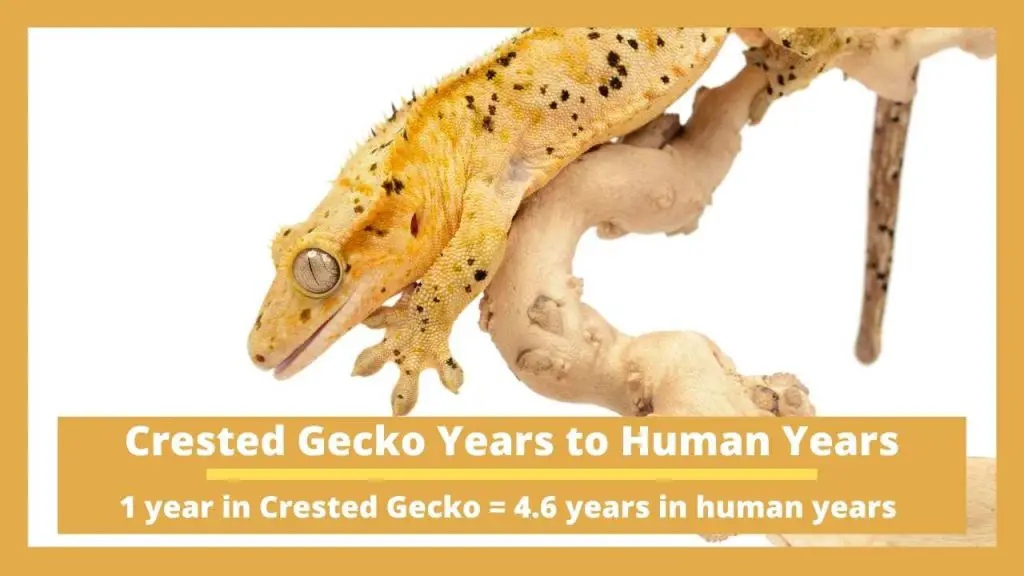
Crested geckos have been found to live up to around 15 years. But some tend to go up to 20 years under special care.
There are a few estimates that crested geckos can live up until the age of 30. Living with your pet is a pretty long time, so be prepared for a prolonged commitment.
My friend’s cresties only lived for 4 years in captivity. Both Messi and Krais. Messi is a female. She died in 4 years and 5 months :(. Krais, after that two months. Not all captivity reptiles will live longer than the avg.
Chinese Water Dragons Life Expectancy
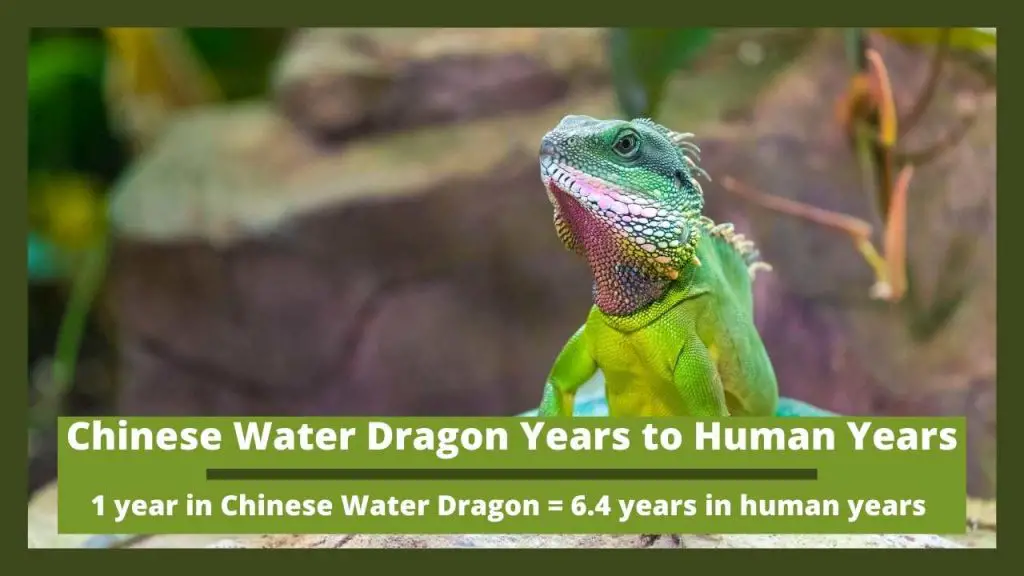
Most Chinese water dragons age 10 to 15, but a few who receive extreme care can go up to 20 years.
Ball Pythons Life Expectancy
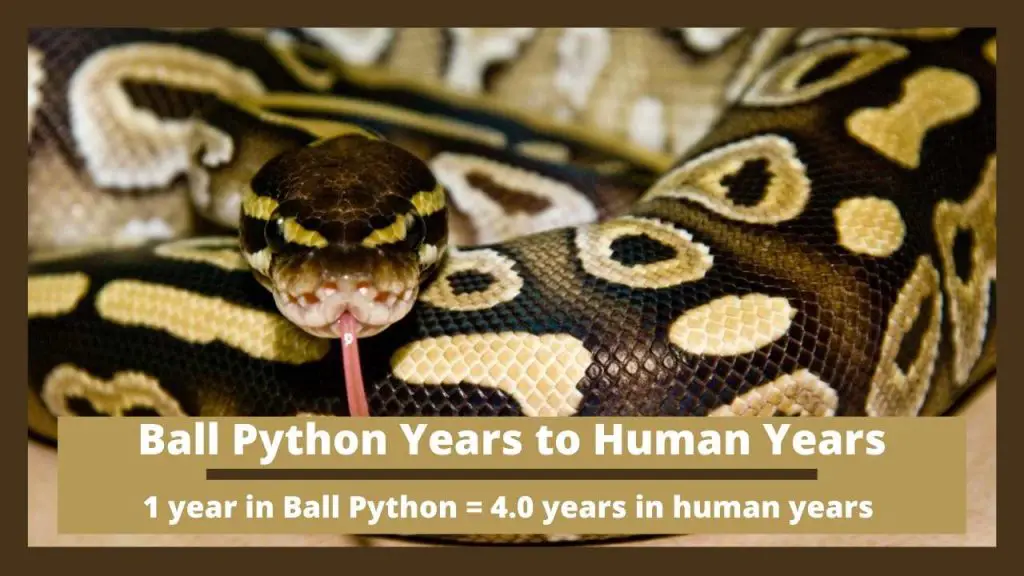
Surprisingly, the oldest ball python in history is believed to have died when it was over 40 years. Living with a pet for 40 years is something so beautiful, I can say. However, the typical lifespan for ball python pets is between 20-30 years.
Russian Tortoise Life Expectancy
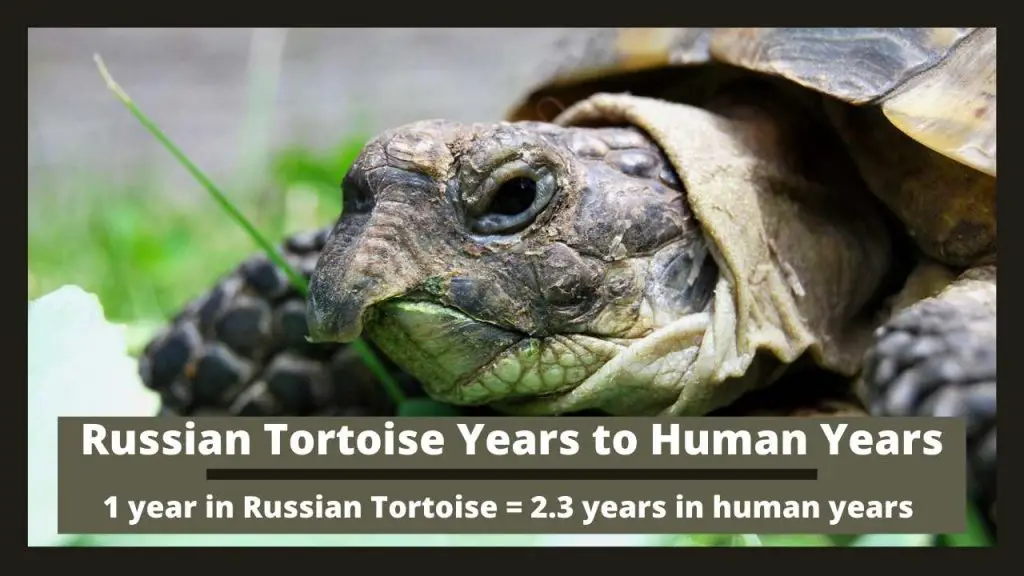
Russian tortoises have an average of 20 years in the wild.
However, the typical lifespan for Russian tortoises in captivity is an average of 50 years. Only a few of them will go up to 100 years; if you have one, count yourself lucky.
African Spurred Tortoise Lifespan
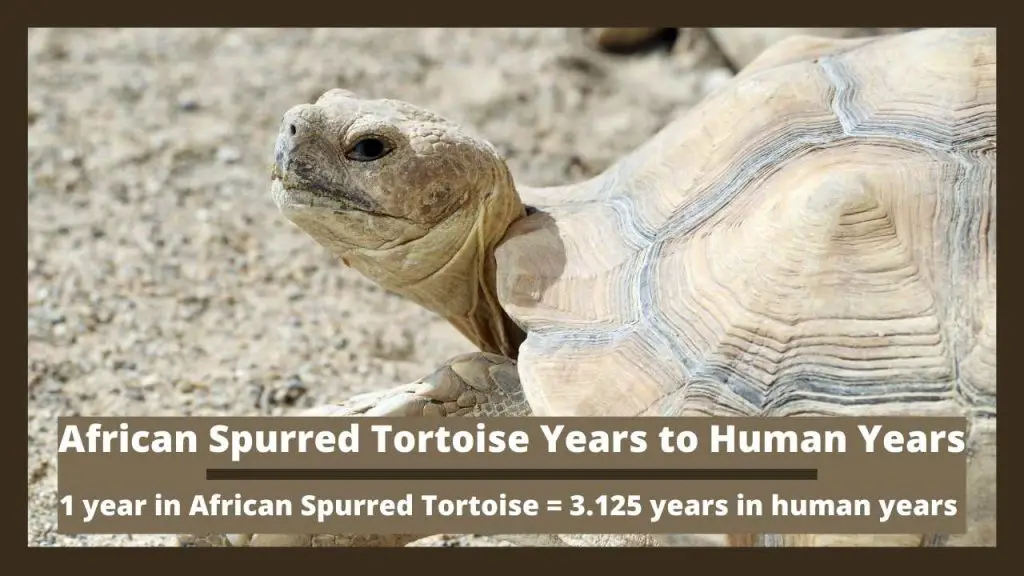
Adult African spurred tortoises can measure 83cm in length with an average weight of about 105kg. The units themselves can show how huge these tortoises are, in fact, they are the largest in the world.
They can go for several weeks without food and water but have a reduced lifespan in the wild. These tortoises can live in captivity for 50 to 150 years or more.
Australian Water Dragon Lifespan
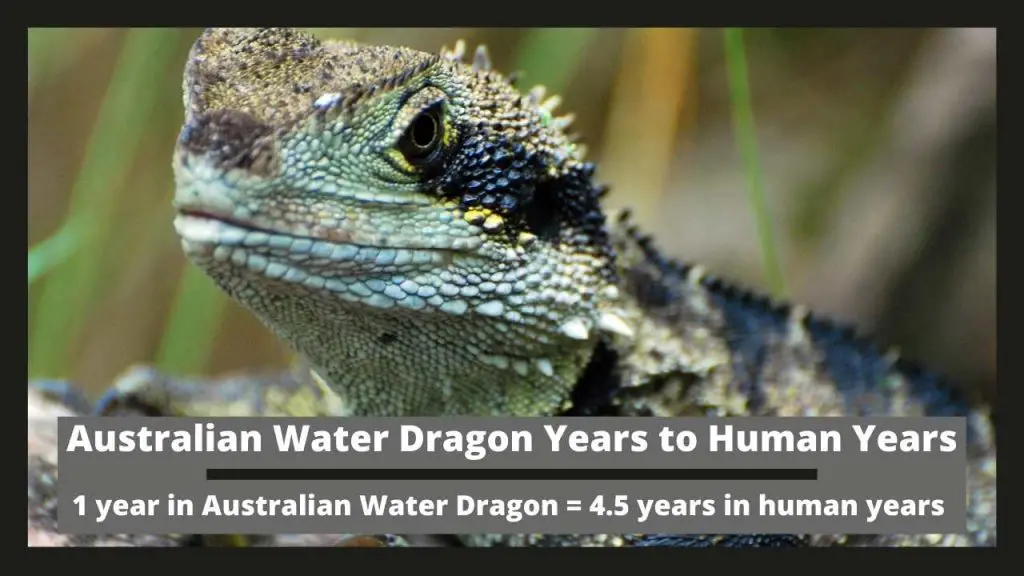
Australian water dragons in the wild will not live for long compared to the water dragon pets because most of them are predated. Those who are lucky and favored by the environment can live for around 16 years.
Contrarily, captive water dragons can live up to 20 years, and some can go beyond this age if you go a step further in caring for them.
Green Anole Life Expectancy
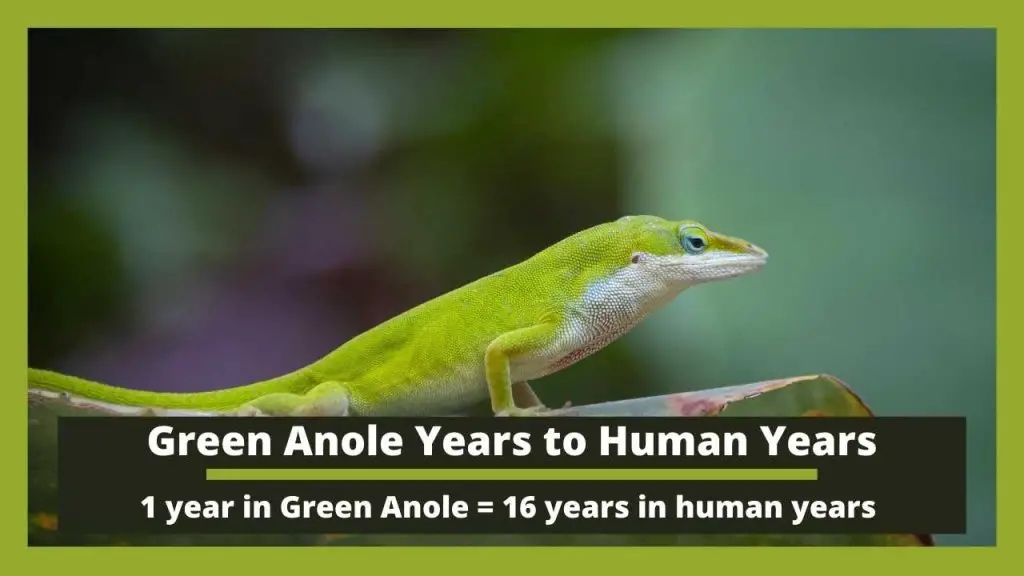
There is no significant difference in longevity between the wild Green anoles and those in captivity. In their natural habitat, these lizards have a life expectancy ranging from 2 to 8 years.
Red-Eared Slider Longevity
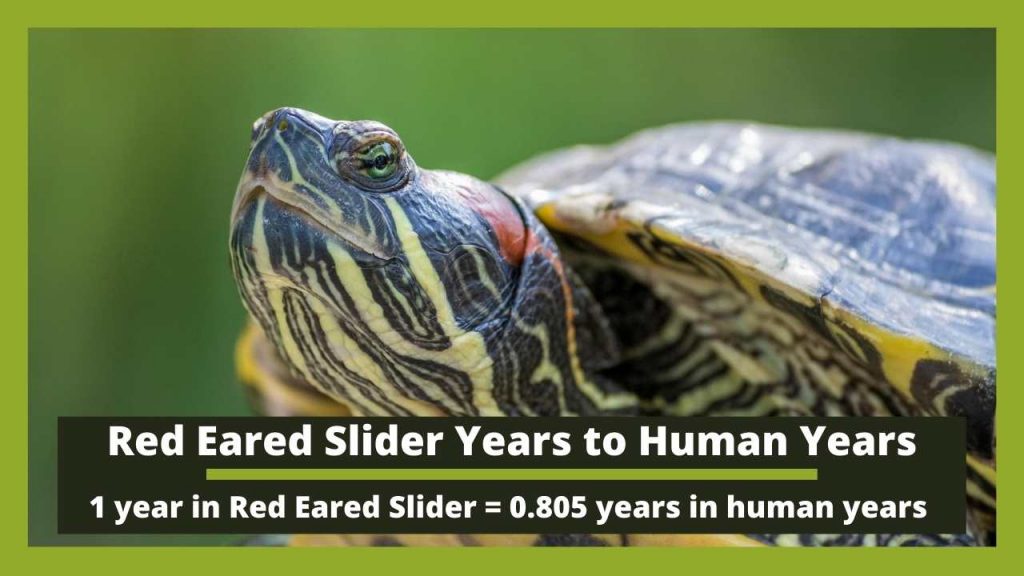
Red-eared sliders have a long lifespan of about 30 years in the wild. But some sliders have been found to live for more than 40 years.
Another uncommon thing about Red-eared sliders is that their lifespan is shortened in captivity. These turtles require more care than we may think. Slider turtles will live for 20 years when cared for properly, but sometimes, they can go past this age.
Chameleons Lifespan/Longevity
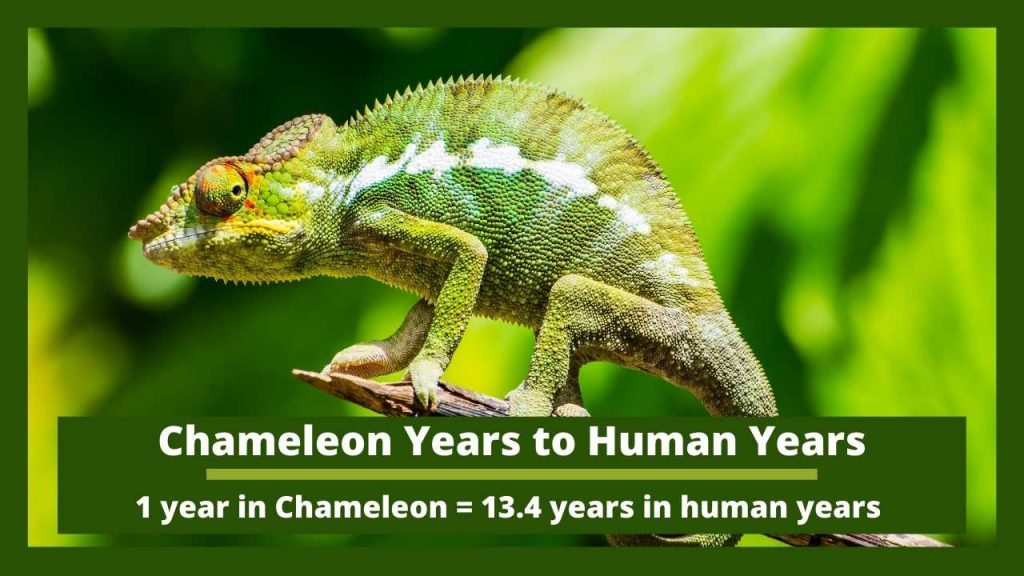
The average life expectancy for wild chameleons ranges from 2-3 years. The chameleon pet’s longevity slightly increases because life in captivity is more favorable. A captive chameleon can live for 3-10 years but in ideal conditions.
Eastern Box Turtles Longevity
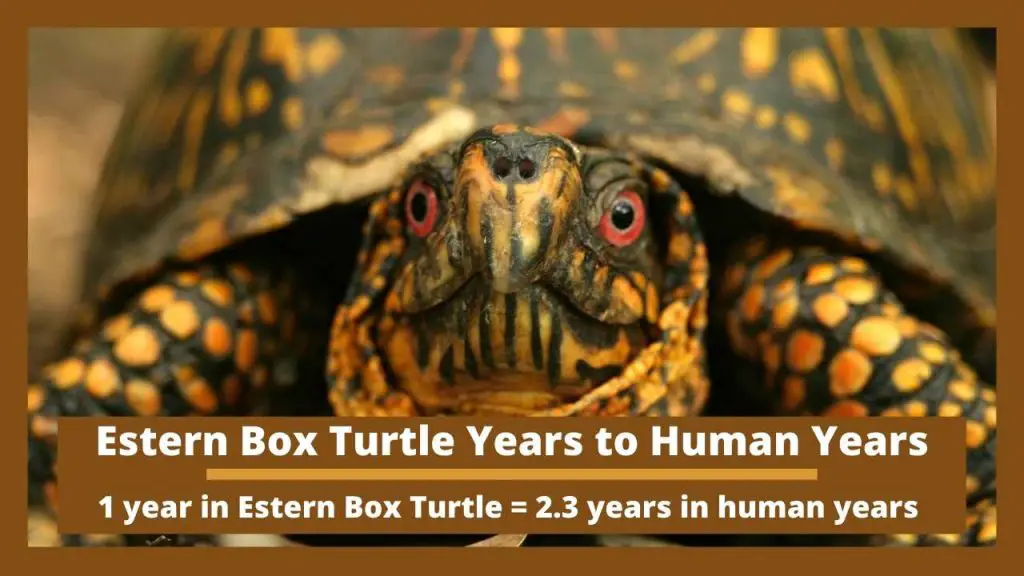
The longevity for Eastern box turtles in their natural habitat is about 30 to 40 years.
Blue Tongue Skinks Lifespan
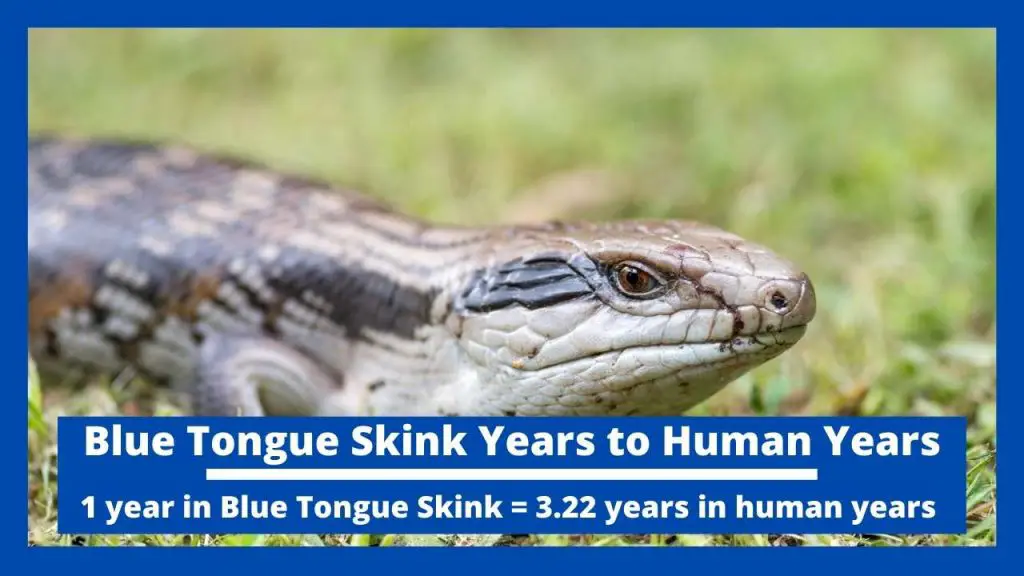
The captive blue tongue skinks longevity is above 20 years, which may range from 30-50 years. However, the exact life expectancy for these lizards depends on their species.
What Affects Reptile Lifespan?
There is variation in longevity between different reptiles, and various factors determine how long a reptile can live. Some of the factors are environment, diet, species, and diseases.
How Can You Tell How Old Your Reptile Is?
The best and most convenient way to determine the age of your reptile is by inquiring from the breeder where you bought the pet. Most of the breeders have all records about the animals they have bred or before.
You can also choose to visit your reptile veterinarian. At least the vet can help you estimate your friend’s age.
Another simple way to go about this is by measuring the length of your reptile from tip to tip and then using the growth charts available online to check the reptile’s age.
There are different charts for specific reptiles showing their ages based on measurement. However, the details in these charts are not actual values but only estimates.
Wrapping Up
Now you know why you need to convert reptile years to human years and the longevity for different reptile species.
Wild reptiles have a shorter lifespan compared to captive reptiles. Life in the wild is more demanding due to predation, inconsistent food, untreated diseases, harsh climatic conditions, etc.
Exceptionally well-cared-for captive reptiles live for a longer time, and they surpass their average lifespan. But the reptiles that are poorly cared for in captivity don’t reach their average life expectancy, and they die much earlier.
Please note that it is possible to make your reptile live longer by practicing persistent and proper husbandry practices. Make sure your pet is living in a comfortable environment where it appreciates it.
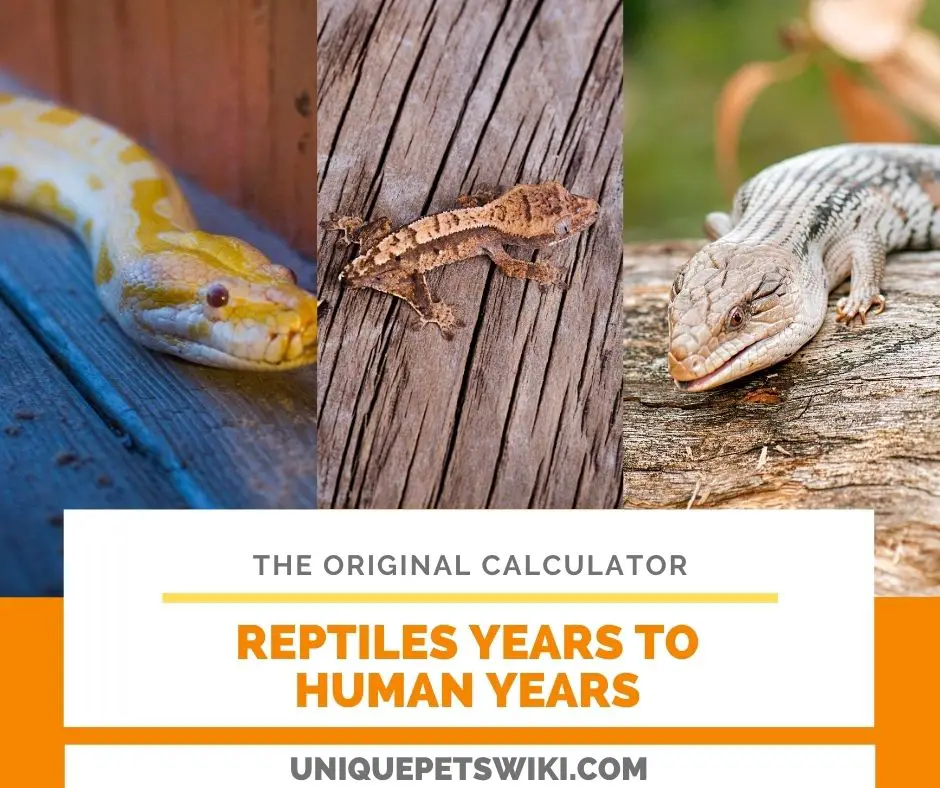
Hi William, can you add other than reptiles to the list? If yes, please add the horse 🙂
Hi Richard, currently, we are not aiming for any other pets than reptiles. Thanks for your interesting